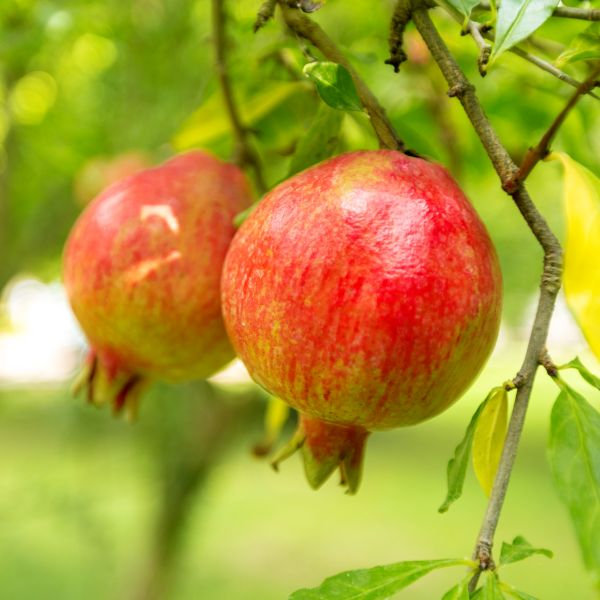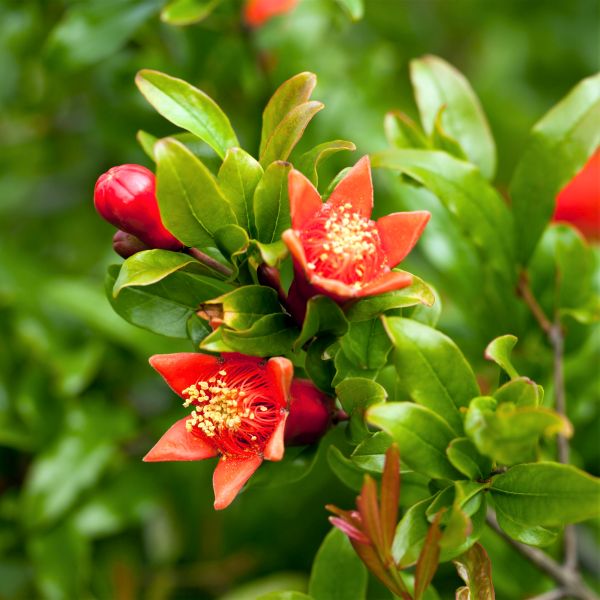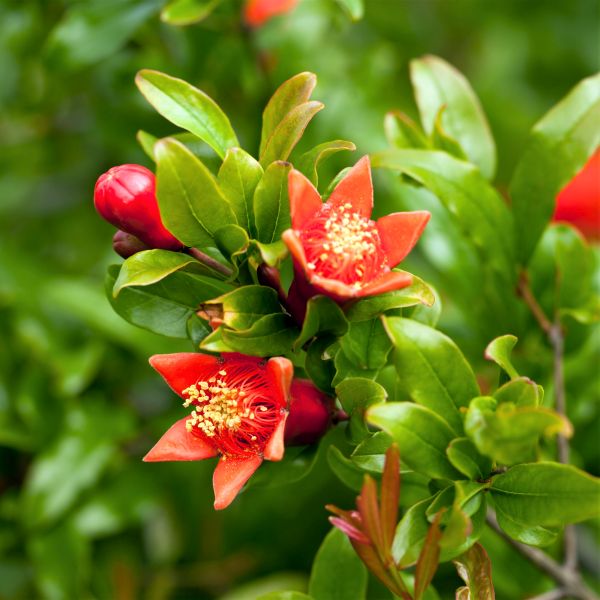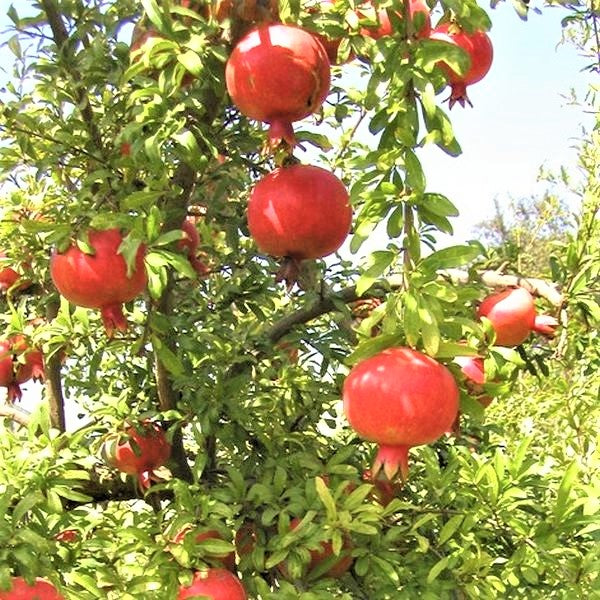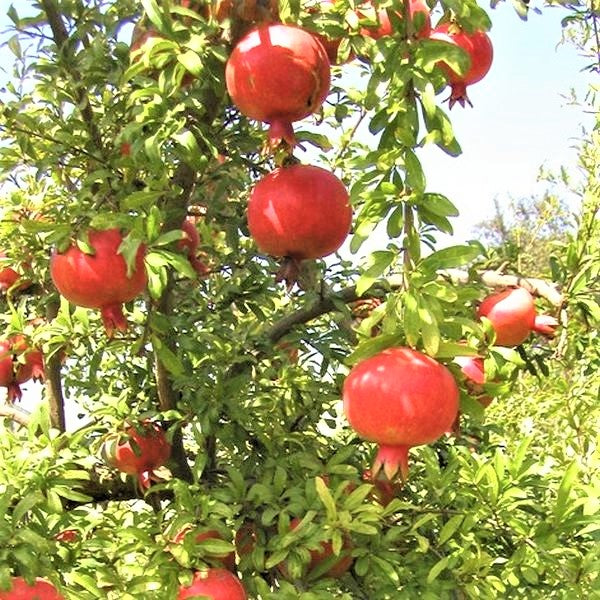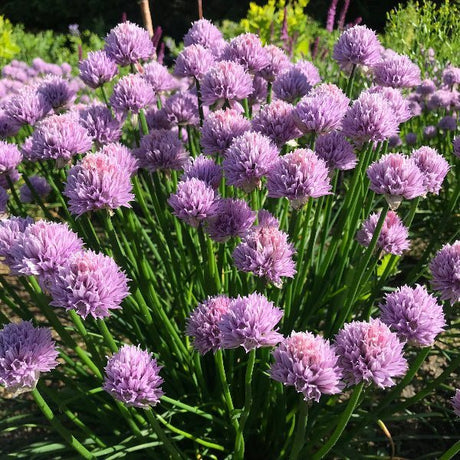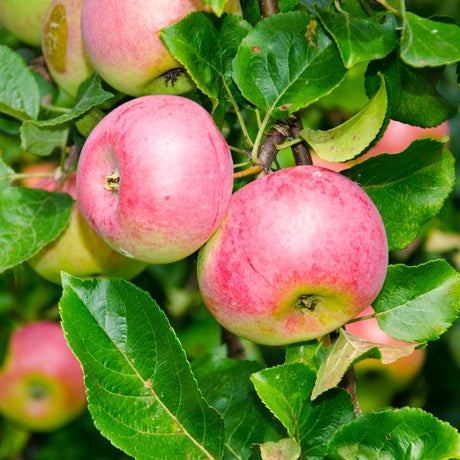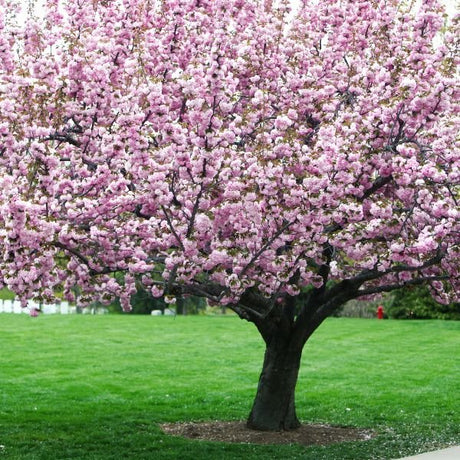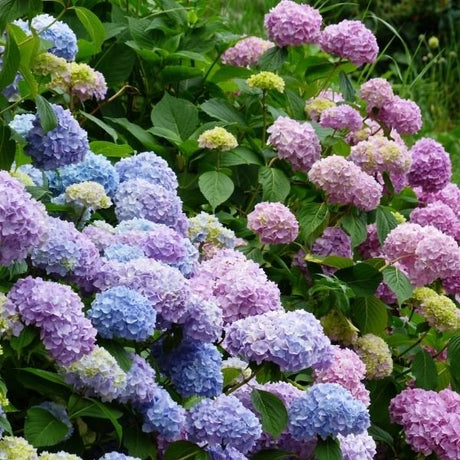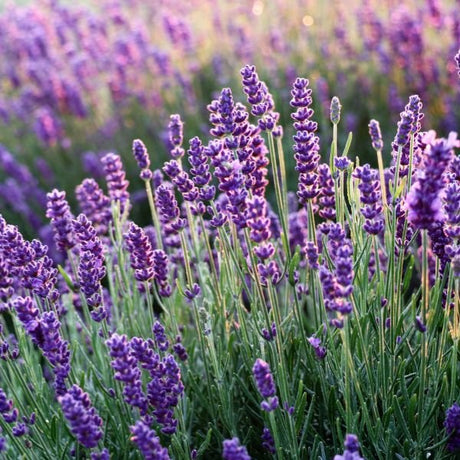Sweet Pomegranate
Punica granatum 'Sweet'
- Stay Protected with Plant Sentry ™
Sweet Pomegranate - #1 Container is backordered and will ship as soon as it is back in stock.
Plant Sentry™
Plant Sentry™

Plant Sentry™ Protected
Your order is protected by our compliance system that:
- Prevents restricted plants from shipping to your state
- Ensures plants meet your state's agricultural requirements
- Protects gardens from invasive pests and diseases
Delivery and Shipping
Delivery and Shipping
Delivery and Shipping
Fast, Safe Plant Delivery
Ships in 3-4 business days • Tracking provided • Weather protected
| Under $50 | $9.99 |
| $50 - $99.99 | $14.99 |
| $100 - $149.99 | $16.99 |
| $150+ | $24.99 |
✓ Zone-specific timing • ✓ Professional packaging • ✓ Health guarantee
Understanding Plant Options
Nature Hills offers plants in two main formats:
- Container Plants: Grown in pots with soil, sized by container volume and plant age
- Bare Root Plants: Dormant plants without soil, sized by height measurements
Container Plant Sizes
Container sizes indicate plant age and growing capacity rather than liquid volume equivalents. Our containers follow industry-standard nursery "trade gallon" specifications, which differ from standard liquid gallon measurements.
Young Plants (6 months to 18 months old)
| Container Size | Actual Volume | Metric Equivalent |
|---|---|---|
| 2" x 2" x 3" | 0.18 - 0.21 dry quarts | 0.20 - 0.23 dry liters |
| 4" Container | 0.31 - 0.87 dry quarts | 0.35 - 0.96 dry liters |
| 4.5" Container | 0.65 dry quarts | 0.72 dry liters |
| 6" Container | 1.4 dry quarts | 1.59 dry liters |
| 1 Quart | 1 dry quart | 1.1 dry liters |
| 5.5" Container | 1.89 dry quarts | 2.08 dry liters |
Established Plants (18 months to 2.5 years old)
| Container Size | Actual Volume | Metric Equivalent |
|---|---|---|
| 2 Quart | 2 dry quarts | 2.2 dry liters |
| #1 Container | 2.26 - 3.73 dry quarts | 2.49 - 4.11 dry liters |
| 5" x 5" x 12" | 3.5 - 4.3 dry quarts | 3.85 - 4.74 dry liters |
Mature Plants (2-4 years old)
| Container Size | Actual Volume | Metric Equivalent |
|---|---|---|
| #2 Container | 1.19 - 1.76 dry gallons | 5.24 - 7.75 dry liters |
| #3 Container | 2.15 - 2.76 dry gallons | 8.14 - 12.16 dry liters |
Large Plants (3-5 years old)
| Container Size | Actual Volume | Metric Equivalent |
|---|---|---|
| #5 Container | 2.92 - 4.62 dry gallons | 12.86 - 20.35 dry liters |
| #6 Container | 5.25 - 6.01 dry gallons | 23.12 - 26.42 dry liters |
| #7 Container | 5.98 - 6.53 dry gallons | 26.34 - 28.76 dry liters |
Bare Root Plants
Bare root plants are sold by height from the root system to the top of the plant. Plants may exceed minimum height requirements.
Common Sizes:
- Trees: 1 foot, 2 feet, 3 feet, 4 feet, 5 feet, 6 feet
- Shrubs & Perennials: 1 foot, 18 inches, 2 feet
Important Notes
Container Volume Specifications
- Trade Gallon Standard: Our containers follow industry-standard "trade gallon" specifications established by the American National Standards Institute (ANSI Z60.1) for nursery stock
- Volume Variations: Actual soil volume may vary due to plant root systems and growing medium settlement
- Age Indicators: Container size primarily indicates plant age and maturity rather than liquid volume equivalents
Growing Conditions
- Plant size can vary based on variety and growing conditions
- Container size helps indicate plant maturity and establishment level
- Larger containers generally mean more established root systems and faster landscape establishment
Seasonal Availability
- Bare root plants are available seasonally when dormant
- Container plants are available throughout the growing season
- Specific varieties may have limited availability in certain sizes
Questions?
For questions about specific plant sizes or availability, please contact our plant experts who can help you choose the right size for your landscape needs.
Plant Highlights
Sweet Pomegranate highlights at a glance!
-
Botanical Name
-
Brand
-
Growing Zones7, 8, 9, 10
-
Growth RateModerate
-
Mature Height
-
Mature Width
-
Flower Color
-
Fall Color
-
Pollinator FriendlyYes
-
Pollinator Required
-
Bloom PeriodEarly Summer, Late Summer
-
Harvest Time
-
FragrantYes
Characteristics
Where To Plant
When To Prune
- Late Winter
Water & Moisture Needs
- Moderate
Sunlight Needs
Soil Needs
- Well Drained
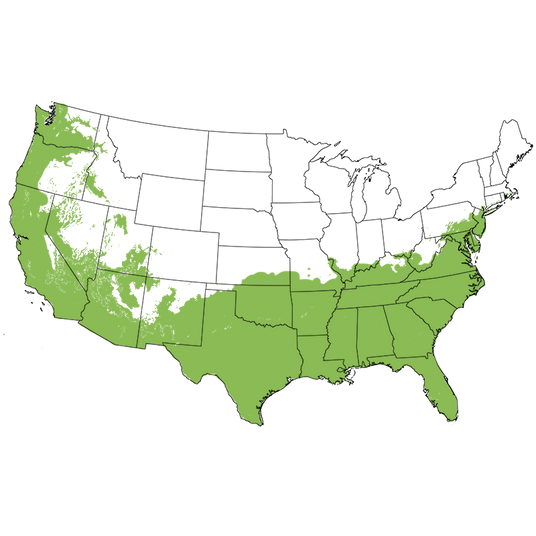
Growing Zones 7-10
Just as its name implies, Sweet Pomegranate (Punica granatum 'Sweet') is sweeter and it matches that superior taste with exceptional beauty. It's self-fertile and quite hardy overall. Unlike many other fruit trees, Sweet packs a lot of flavor into a little package and has extraordinary health benefits as well.
Sweet Pomegranate is a deciduous shrub (or small tree), that bears delicious, healthy fruit. Plant one in a sunny spot near a window where you can witness its lovely display. Brilliant orange-red flowers appear in late spring, followed by large, rosy-hued globes of delicious fruit.
Pomegranate is Latin for "seeded apple", and although these exceptional fruits resemble apples, their fruit can be far costlier (so growing your own can be quite a savings). Your Sweet Pomegranate possesses' a remarkable array of features and benefits. Sweet Pomegranate's flesh is a delightful pink, studded with scarlet fruit. Each tiny, soft-seeded morsel exudes a sweet flavor with a slightly acidic edge.
Planting and Application:
A bit smaller than some other varieties, so you could even place one of these in a container for your patio, even if you are in a northern climate, simply bring it indoors for the winter! These can also be great shade trees for smaller yards and of course, unique accents for both front and back edible landscaping!
Sweet Pomegranate is packed full of potassium, vitamin C, iron, calcium, fiber, and high in antioxidants. It has a history of use in a variety of culinary dishes, as well as a long legacy of health and healing properties. Your Sweet Pomegranate fruit will even ripen earlier than other varieties, offering you an amazing harvest already in early September.
- Superbly-Sweet
- Delicious Fruit & Great Health Benefits
- Self-Fertile Orange-Red Blossoms
- Works Well in Containers
- Ripens in September
#ProPlantTips for Care:
Sweet Pomegranate has decent salt, disease, and pest resistance and will even thrive in some shade. Plant in at least 6 hours of direct sunlight per day and provide a fertile, well-drained environment. Mulch the root zone well and provide consistent moisture.
- Full Sun
- Easy Care, Disease & Pest Resistant
- Moist Well-Drained Soil
- Prune When Dormant in Late Winter
- Salt Tolerant
Sweet Pomegranate is certainly a remarkable tree with unique charm, and a must-have for your home this year! Order one for your landscape today and savor the sweet health benefits of this unique fruit!

